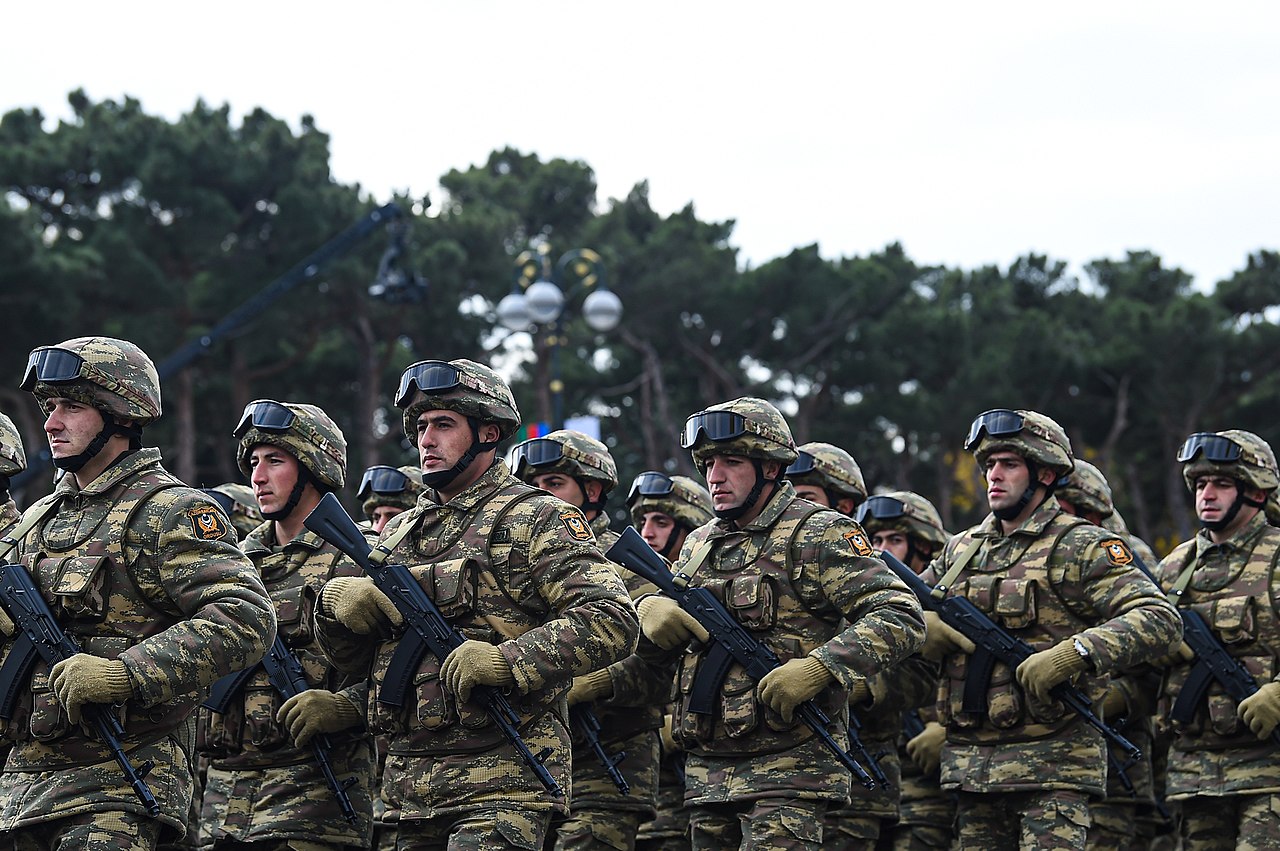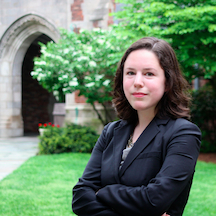The Costs of Social Inequality for Military Effectiveness
A review of Jason Lyall, “Divided Armies: Inequality and Battlefield Performance in Modern War” (Princeton University Press, 2020).

Published by The Lawfare Institute
in Cooperation With

A review of Jason Lyall, “Divided Armies: Inequality and Battlefield Performance in Modern War” (Princeton University Press, 2020).
***
Readers who, like me, are still catching up on great books published during the pandemic will find that Jason Lyall’s “Divided Armies” is as relevant as it was in 2020 and particularly compelling in light of the ongoing war in Ukraine. In this deeply researched book, Lyall, an associate professor of government at Dartmouth, brings new theory and evidence to bear on one of the oldest questions in the field of international relations: What makes some militaries significantly more effective than others even when they have nearly identical levels of numerical superiority over their enemies? An important factor, Lyall argues and demonstrates with rich qualitative and quantitative data, is how states treat (and mistreat) their citizens along ethnic, racial, class, and other identity-based lines. The book’s key empirical finding is that “successful armies are inclusive; unsuccessful ones largely die by their own hands, wracked by the poison of inequality that kills them, sometimes slowly, sometimes quickly, from the inside out.”
Variation in military effectiveness remains poorly understood, and Lyall offers a novel theory to explain it: A society’s prewar ethnic, racial, class, and other identity-based divisions follow its military onto the battlefield and undermine performance in three different ways. First, soldiers are more motivated to fight when they believe that both the costs and the potential benefits of war will be shared equally by all ethnic groups within the military, and they are less motivated if their group experienced collective punishment in the form of violence or discrimination before the war started. As one commander of the Congolese Armed Forces described the lack of morale among his soldiers, who were primarily from marginalized ethnic groups, “We’re tired of [former president] Kabila’s war and we don’t even know why we’re fighting.”
A second way in which inequality undermines military effectiveness is by undermining unit cohesion. Soldiers from different ethnic groups are less likely to trust and cooperate with each other in militaries where the state has a history of excluding or marginalizing certain groups. Third, the same history of collective punishment that leads marginalized ethnic groups to distrust an oppressive group (usually associated with the state) has another effect: promoting solidarity within marginalized groups, which then increases the likelihood of organized desertions, defections, or resistance.
To test the theory that prewar social inequality undermines military effectiveness, Lyall built an original dataset of 250 conventional wars fought by 229 parties between 1800 and 2011. The dataset, “Project Mars,” measures prewar military inequality and several indicators of battlefield performance including desertion, defection, and fratricidal violence. The dataset also includes variables that enable Lyall to test and challenge three long-standing alternative theories of military effectiveness. The first and most intuitive of these, focusing on the relative balance of forces, predicts that as the size of an army increases in comparison with those of rivals, so too will its combat power and cohesion. A second theory based on variation in political regime type—on a scale from more autocratic to more democratic—predicts that the more democratic a regime, the better its loss-exchange ratio (referring to the comparative casualties sustained by each party), the more disciplined its soldiers, and the less likely it is to use the threat of fratricidal violence against its own forces to compel their performance. A third explanation argues that the institutional design of militaries and particularly their recruitment strategy—whether volunteer or conscription—affects military effectiveness because volunteer soldiers are, on average, more skilled and motivated than conscripts or mercenaries.
Lyall shows through statistical analysis of the Project Mars dataset and careful process tracing of paired case studies that none of these three explanations is sufficient to explain battlefield performance. Instead, the data suggest that prewar military inequality is an important factor that has been overlooked in the field of international relations, where most datasets treat armies as unitary monolithic actors. Armies with extreme levels of inequality are associated with a 75 percent predicted probability of an unfavorable loss-exchange ratio and mass desertions.
By disaggregating armies into the different social groups of which they are composed and situating them in historical and political context, “Divided Armies” provides powerful evidence of the interdependence of domestic politics (particularly the politics of inequality) and national security. The policy implications of these findings are clear: Militaries are more effective when they are inclusive of diverse social groups, but it is impossible to reform militaries without addressing the underlying inequalities of the societies they reflect.
The book raises numerous questions that could be studied further with the Project Mars dataset or new data on contemporary and ongoing conflicts. Can the poor performance of Russia’s military in its invasion of Ukraine be explained partially by social and economic inequalities in its ranks, which include forced conscripts as well as private mercenaries paid several times more than the salaries of ordinary soldiers? As the United States and other countries take steps to increase the proportion of women in their militaries as required by the U.N. Women, Peace and Security agenda, how will persistent gender inequalities affect the performance of mixed-gender units, and of militaries as a whole? Does the theory generalize to non-state armed groups such as the Islamic State, where some of the group’s Syrian fighters became disillusioned and quit when they realized that Iraqi and foreign fighters often received preferential treatment and higher salaries? What about the Taliban in Afghanistan, where minority Uzbek members have rebelled against discrimination by the Pashtun majority?
In the acknowledgments, Lyall shares a candid window into the making of the book that junior scholars and anyone who undertakes an ambitious writing project can appreciate: The book took significantly longer to complete—nearly nine years and 508 pages—than his original optimistic estimate of three years. At a time when the professional incentives of academia often favor shorter publications on narrower questions to achieve the “minimum publishable unit,” it is rare and rewarding to read such a laboriously researched book that brings an important and timely new perspective to the study of military effectiveness through the lens of inequality.




